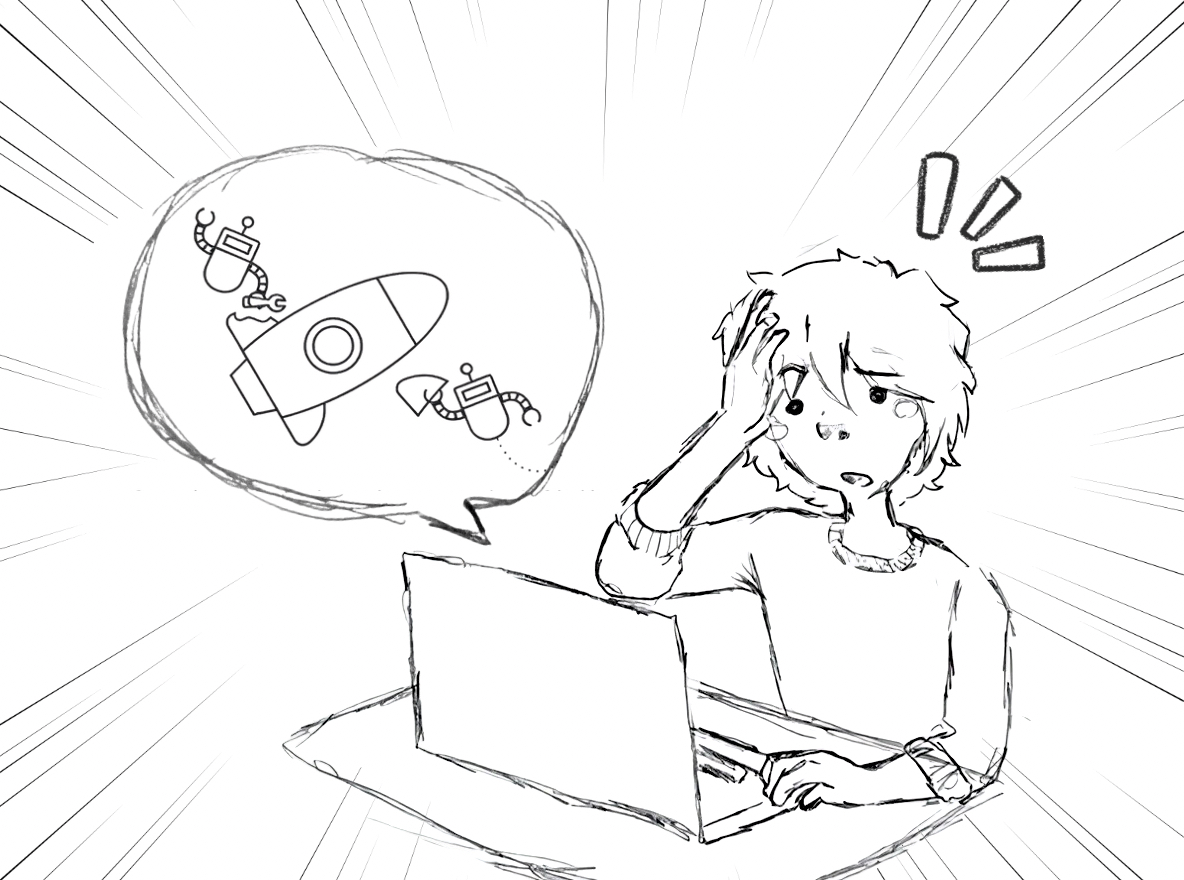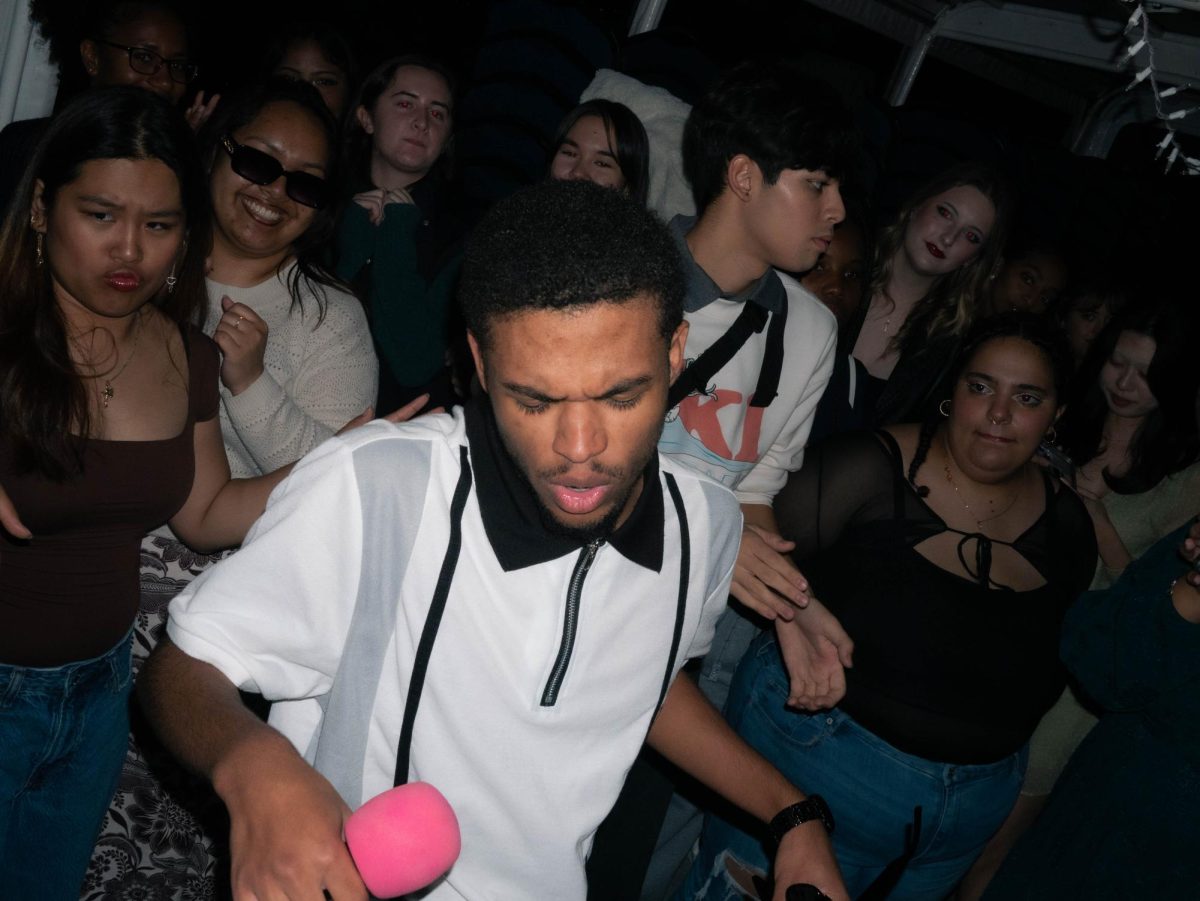Hannah Hislop, the design editor of Lingua, believes that the art program helped her find a home in Seattle Pacific. The art program, however, is limited to art majors.
For students who would like to find a home in a creative community but do not want to pursue art in academics, this can be tricky.
That is where Lingua comes in. The Lingua journal is a club that publishes student-submitted content such as illustrations, poetry and photography in their fall and winter zines and a journal in the spring.
Lingua held their Spring Journal Release Party on Friday, May 25, in promotion of their newest journal. While the other two zines Lingua published this year are available for free, the Spring Journal is available for purchase.
The prices of the spring journals vary from year to year, but this year’s Spring Journal was the cheapest it has ever been, being $10 as opposed to the normal $20 to $25.
Though Lingua has a small editing staff, the community these women have worked to create is far larger than the six editors themselves.
To widen the scope of submissions to the club, Lingua has spent the past year focusing on making the club a welcoming space to people who may not find comfort in other more well-known SPU events.
“Personally, art has been a way for me to feel included in the SPU community and I want to make that for other people who maybe don’t feel like they belong at SPU,” Hislop said.
According to Hislop, what the journal is to students changes from year to year. In years past, Lingua had been a space for predominantly art majors. They were featured in the journals, attended the release parties and made the place their own.
Though a publication devoted exclusively to art majors is a way for art students to engage in the community at Seattle Pacific, Hislop and the other staff members at Lingua wanted to change the focus of the Lingua journal to open it up as a space for a diverse audience of students.
That iss why all of the Lingua staff have worked to diversify the students featured in every publication and broaden their exposure to students on the SPU campus.
Hislop and the rest of the Lingua staff all pointed to Stevie Shao, the illustrator and marketing manager; and Kathy Valdez, the music and event coordinator, as the instigators to Lingua’s success in having a larger presence on campus.
By creating colorful posters and having their events in the SUB, a much more central location than the Art Center, students who are not in the art department, but are interested in the publication, have a more visible opportunity to get involved to Lingua. These two editors have done a great deal in reaching a much wider range of students in this past year.
“This is our second event in the SUB, just to be in central campus, because [Lingua] is not an art club, it’s for everybody. We see anybody and everybody come through,” Geneva Lenhert, Lingua’s business manager, said.
By catering to the needs of students who may not all see themselves as highly social people, the events serve as an easier way to become involved on campus in a comfortable setting.
Each Lingua event has a creative activity paired with the social gathering to provide alternative options for students. At the the Spring Release Party, blank tote bags were available for students to design with linocut stamps of the Lingua logo for this year, the image printed on the posters for the event.
By design, Lingua release parties revolve around the idea of maintaining a relaxed and approachable atmosphere. The Spring Release Party offered a plethora of food, creative activities and time for conversation. Lauren Olsen, the editor-in-chief of Lingua, said that she hopes Lingua can be a publication for students who do not solely practice art, and for it to be seen as a form of self-care and self-discovery.
Lingua serves as a gateway for students to feel at home within SPU and also as an outlet for those who may not find it anywhere else.














































































